 Sanma No Nitsuke – Soy Simmered Pacific Saury with GingerSeptember 9, 2019
Sanma No Nitsuke – Soy Simmered Pacific Saury with GingerSeptember 9, 2019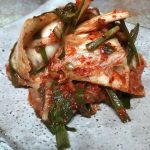 Quick Nappa Cabbage KimchiSeptember 8, 2019
Quick Nappa Cabbage KimchiSeptember 8, 2019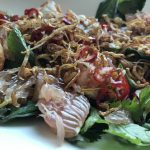 Vietnamese herb and pomelo salad with roasted salmon bellyApril 8, 2018
Vietnamese herb and pomelo salad with roasted salmon bellyApril 8, 2018 La Paz Batchoy – Philippines Pork Noodle SoupApril 8, 2018
La Paz Batchoy – Philippines Pork Noodle SoupApril 8, 2018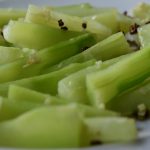 Stir Fried CeltuceJune 15, 2016
Stir Fried CeltuceJune 15, 2016

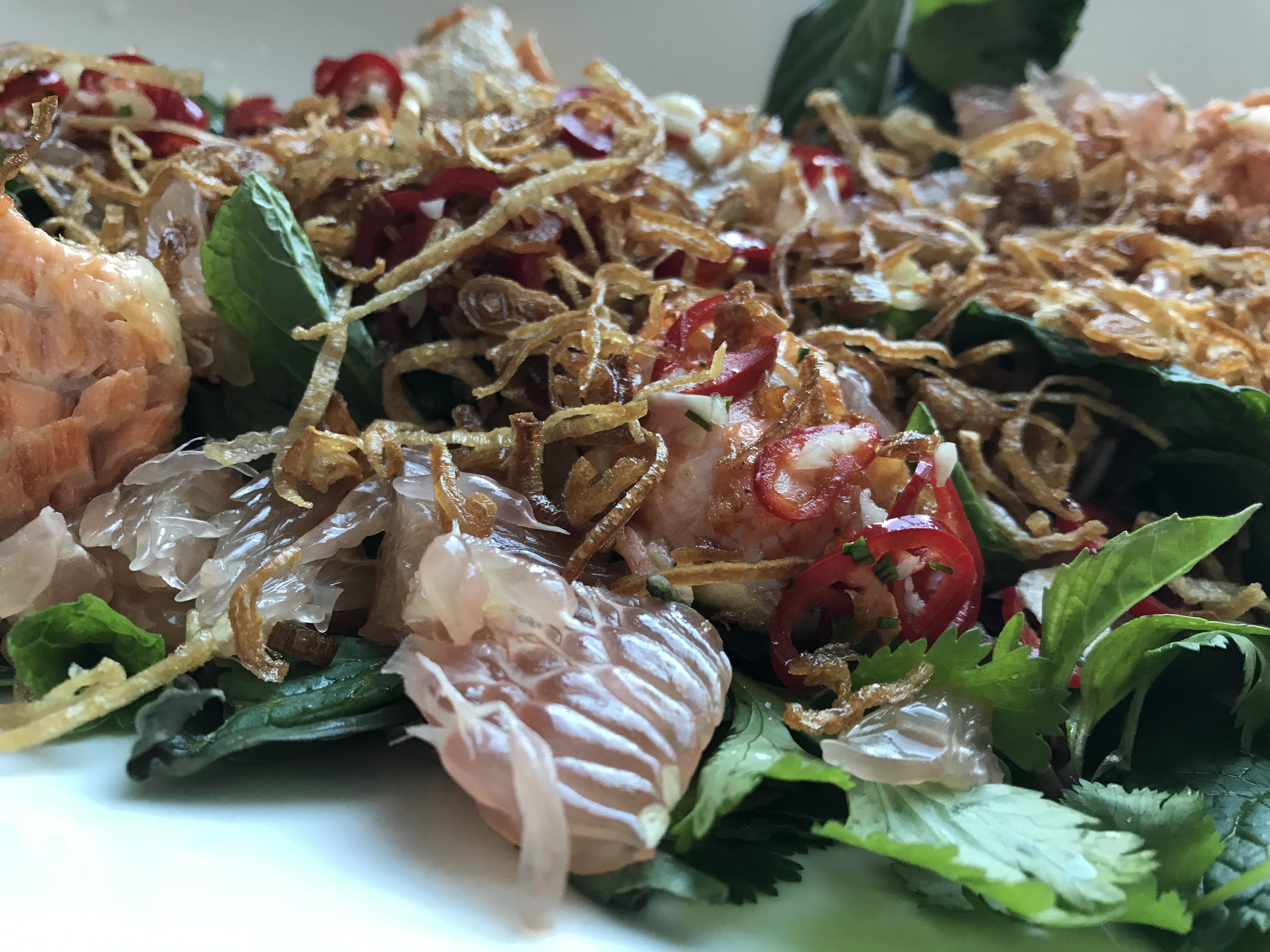
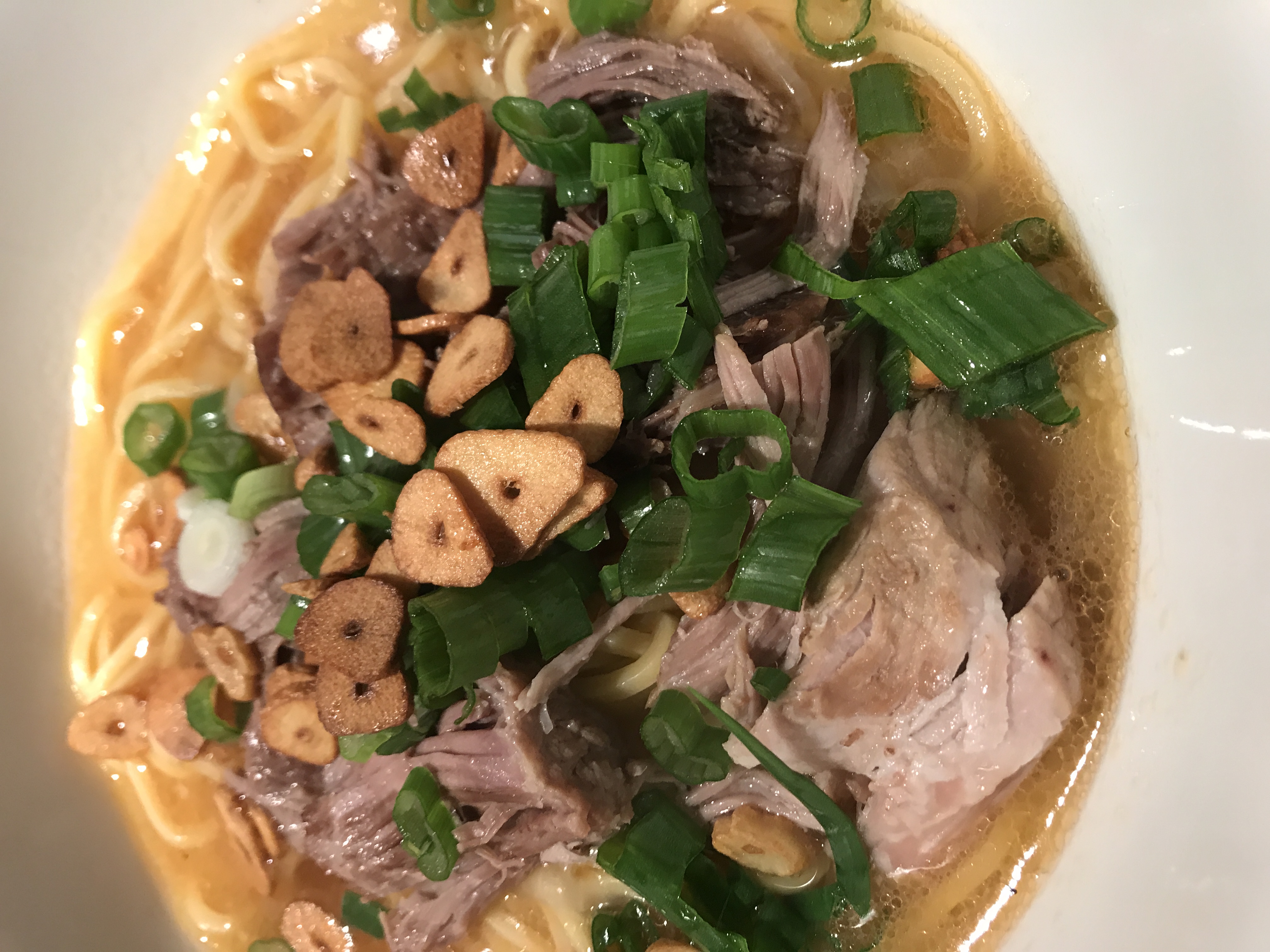
Recent Comments